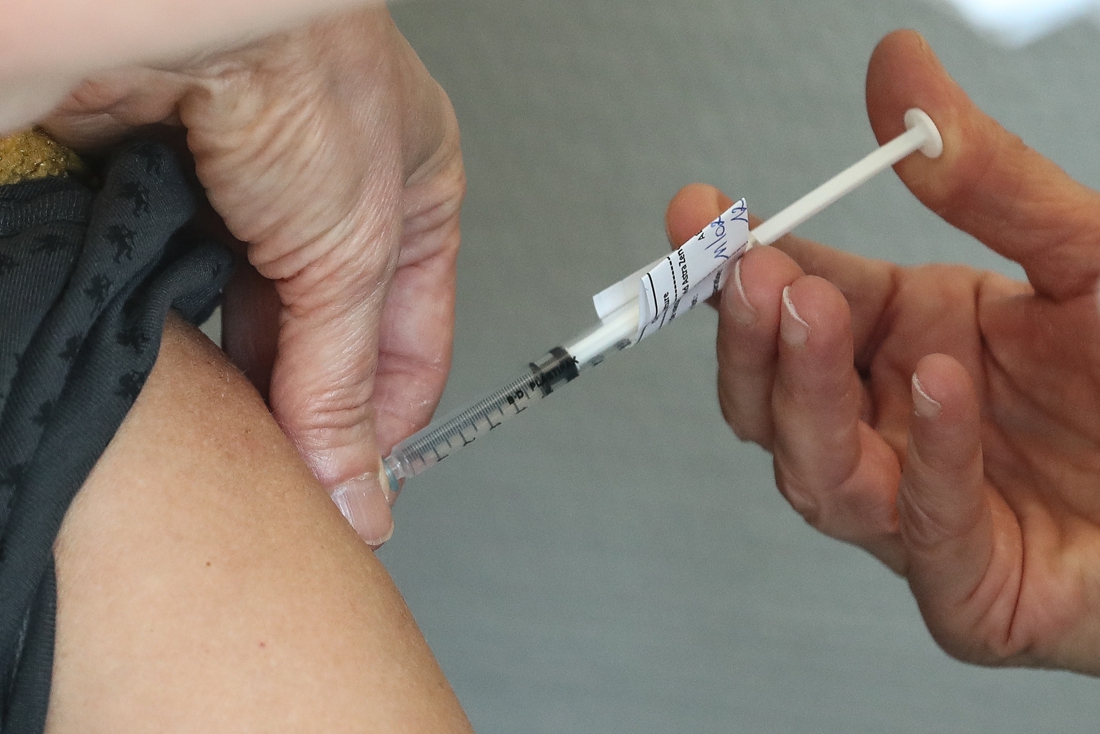For the first time, the International Space Station (ISS) will receive a squid. Not just one, but 128 young bobtail squid (a type of glow-in-the-dark mollusk), accompanied by 5,000 tardigrades, the toughest microscopic animals in the world.
Next Thursday (3), SpaceX, the company of billionaire Elon Musk, will make its 22nd ISS refueling mission, taking supplies for the astronauts and, of course, squid and tardigrades to be studied in microgravity.
Scientists aboard the ISS will study the behavior of squids in space to find out whether microgravity affects their relationship to beneficial microbes. Tardigrades, on the other hand, will have their reputation for “indestructibles” put to the test in the extreme environment of space.
The new ISS passengers will be launched on a Falcon 9 rocket from Kennedy Space Center, Florida, at 2:29 pm EDT on Thursday (3). The release will be streamed live on SpaceX’s YouTube channel.
Squid and its microbes
The small squid that will go into space are part of an experiment called “Umami” (understanding Microgravity in Animal-Microbe Interactions), led by Jamie Foster, professor in the department of microbiology and science cell from the University of Florida, USA. The objective is to study how these animals relate to their natural microbes in space.
“Animals, including humans, depend on microbes to maintain a healthy digestive and immune system,” Foster said in an interview with CNN. “We don’t fully understand how space changes these beneficial interactions. The Umani experiment uses a glow-in-the-dark bobtail squid to investigate these important issues in animal health.”
According to the scientist, bobtail squid chicks, which measure only three millimeters, are ideal for a study like this because they are easy to take into space and have an immune system similar to that of humans. The bodies of these animals glow in the dark when they are “colonized” by a type of bioluminescent bacteria found in Earth’s water.
On the ISS, the squid will be exposed to these bacteria and astronauts will observe whether they continue to glow in the dark in microgravity and how the relationship between them and the microbes changes in this different environment.
“As astronauts explore space, they carry a bag of different microbial species with them,” said Foster. “It is important to understand how these microbes, collectively called the microbiome, change in the spatial environment and how these relationships are established.”
It’s not the first time squid has gone into space. Foster itself has already studied the relationship between these animals and their glowing bacteria in microgravity in 2011, when NASA’s space shuttle Endeavor took them for a spin in Earth’s orbit.
Tardigrade astronauts
The “water bears”, as the tardigrades are known, have a simpler mission: to survive. These microscopic animals are already famous for resisting the barrenness of a desert, the literally freezing cold and the heat levels that turn water to steam. But do they survive space?


:quality(80)/cdn-kiosk-api.telegraaf.nl/aabac1d4-c0ab-11eb-a7b7-02c309bc01c1.jpg)